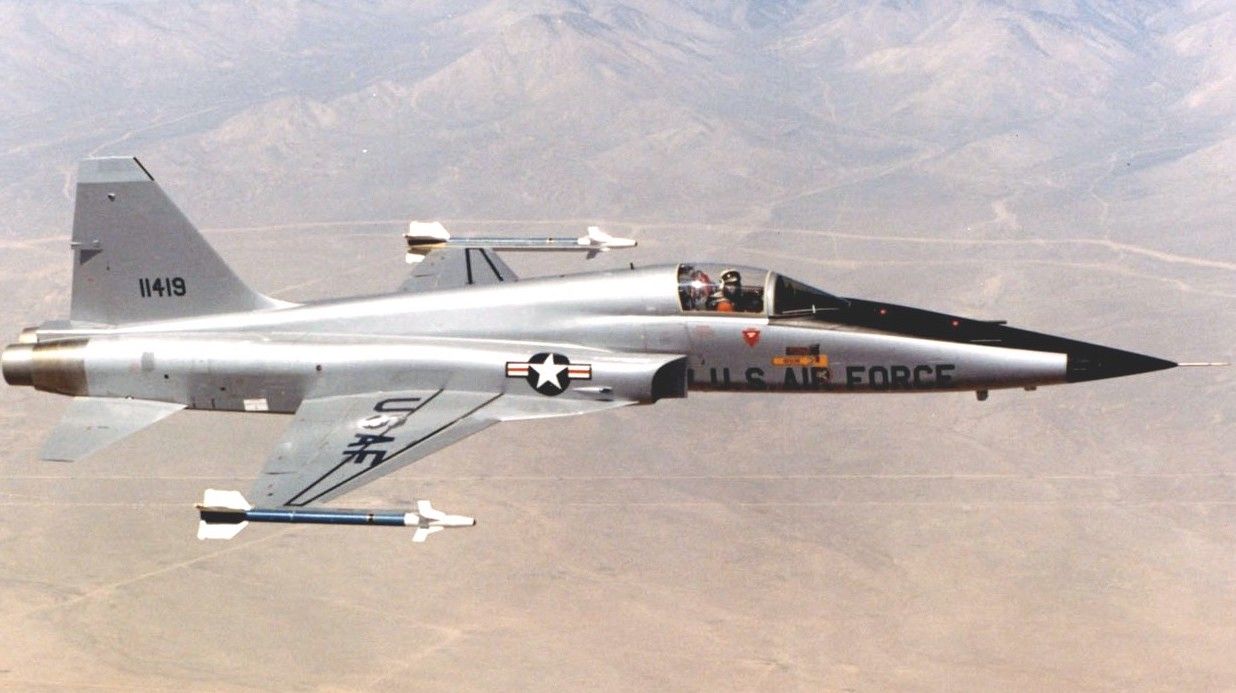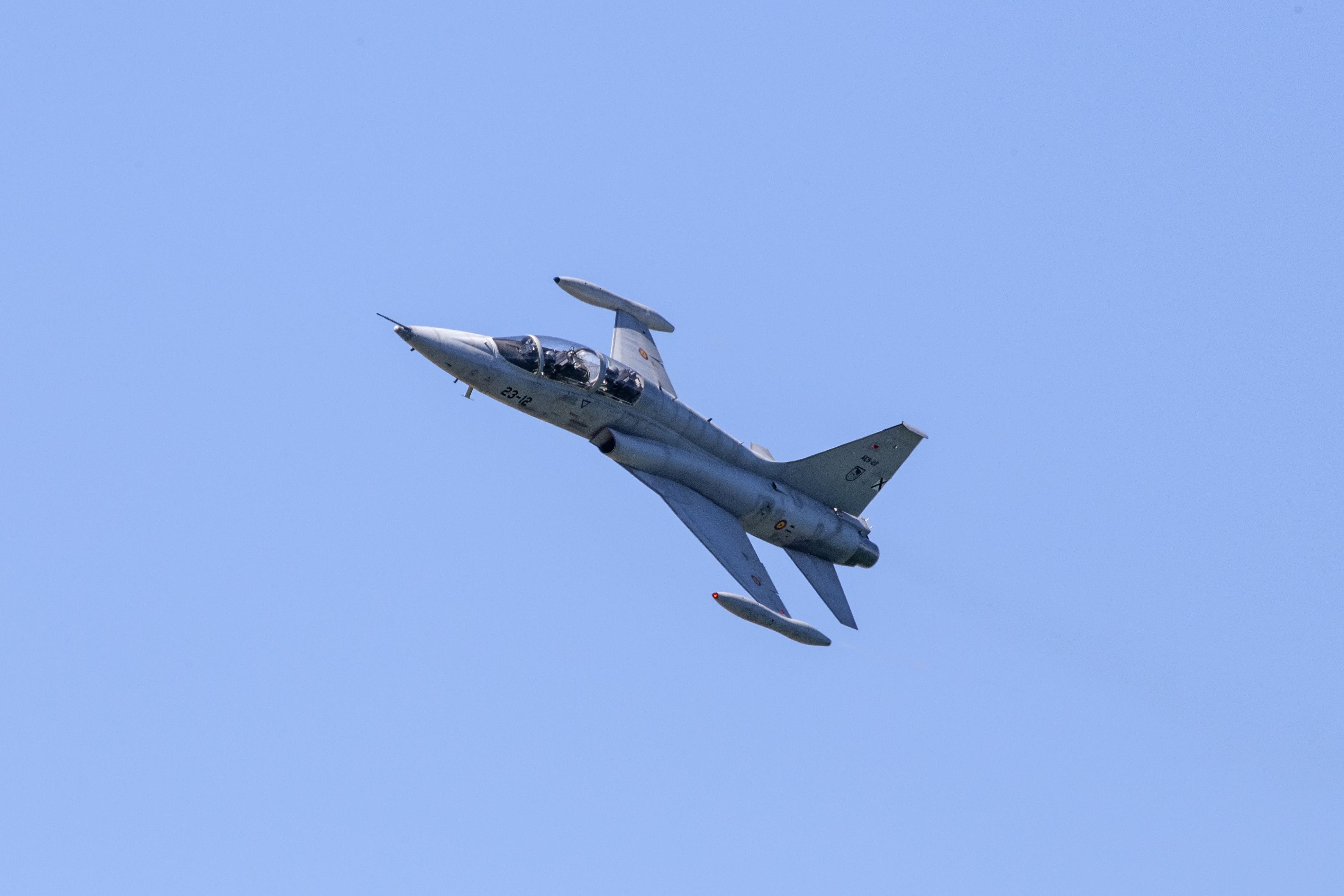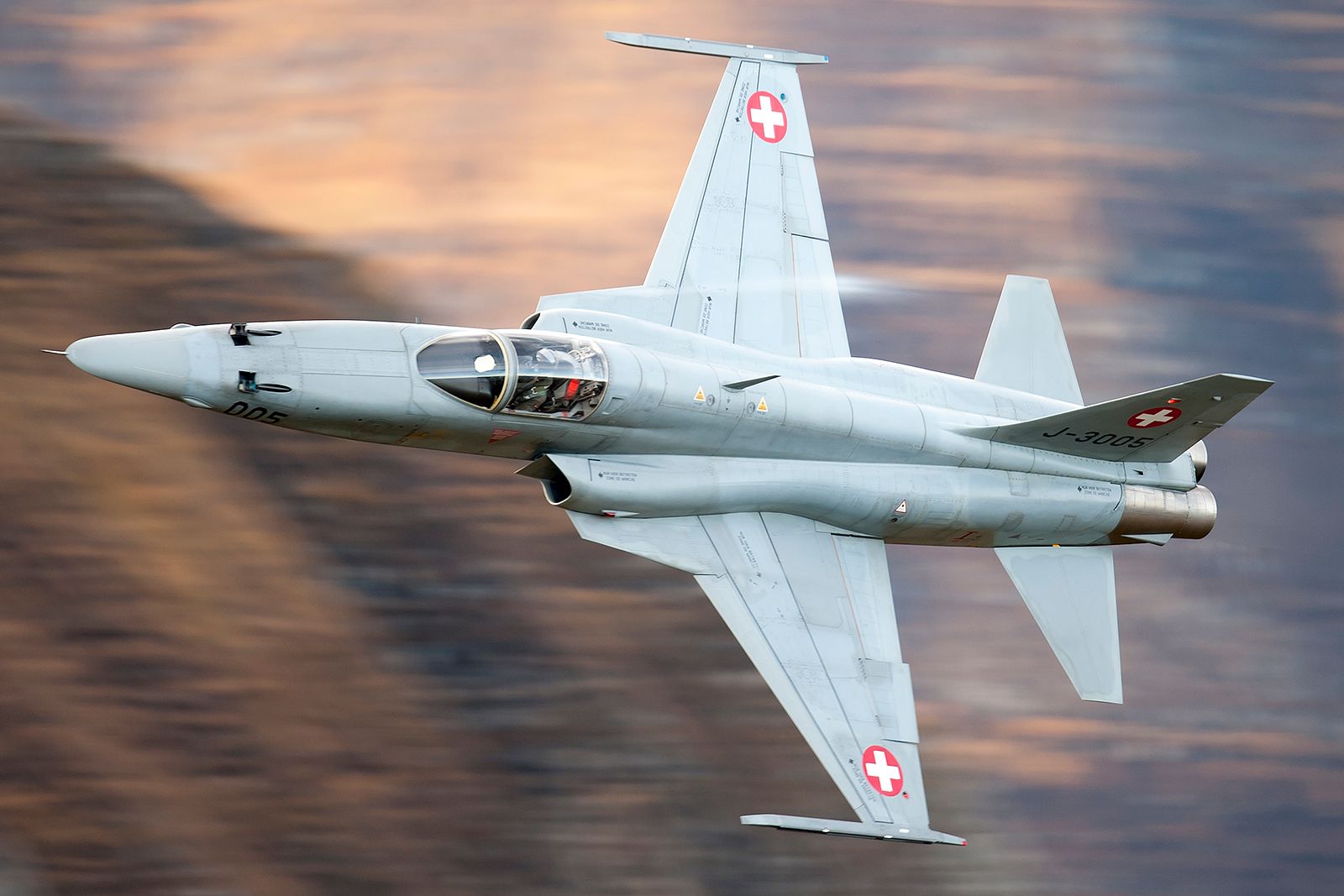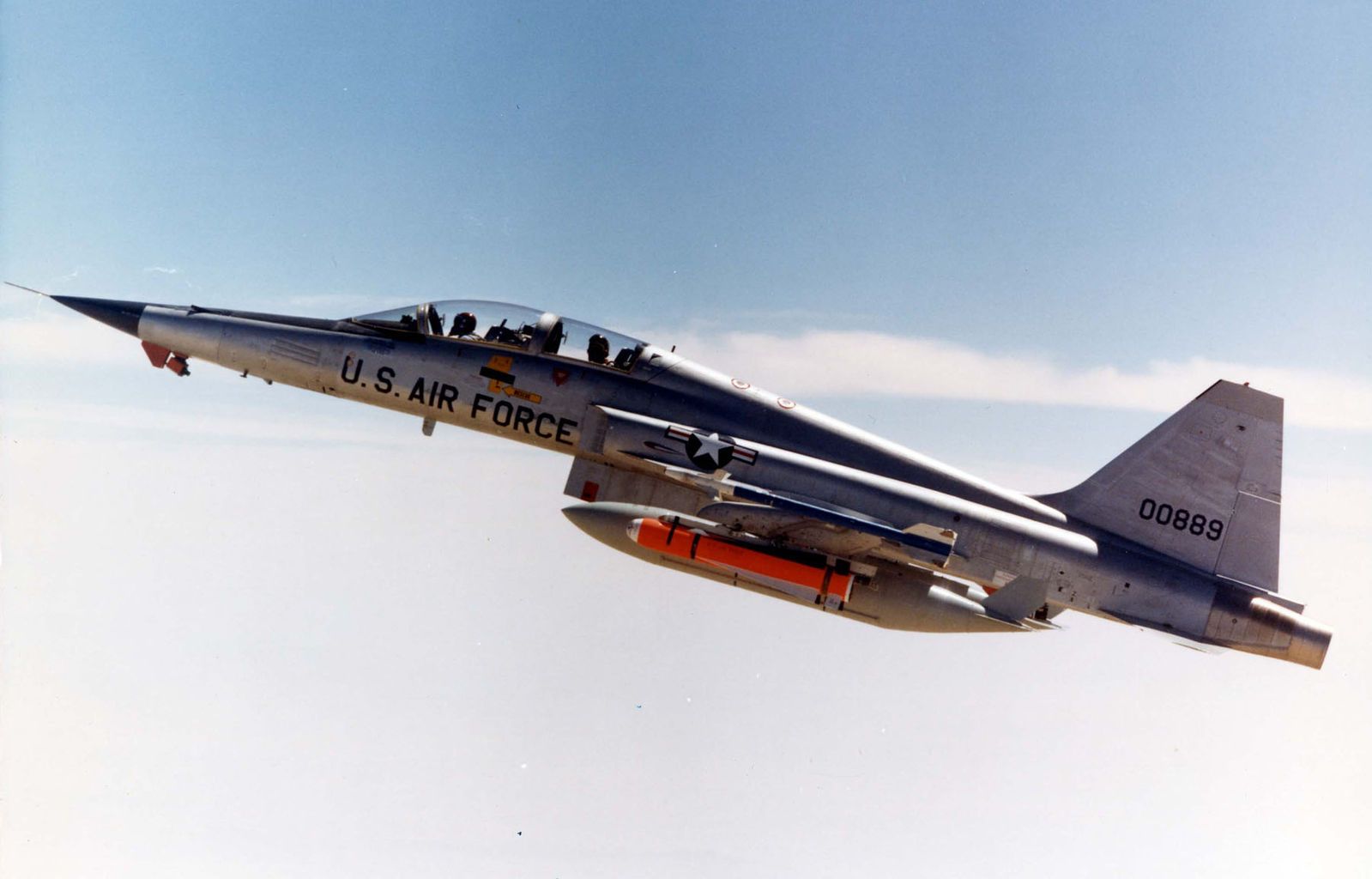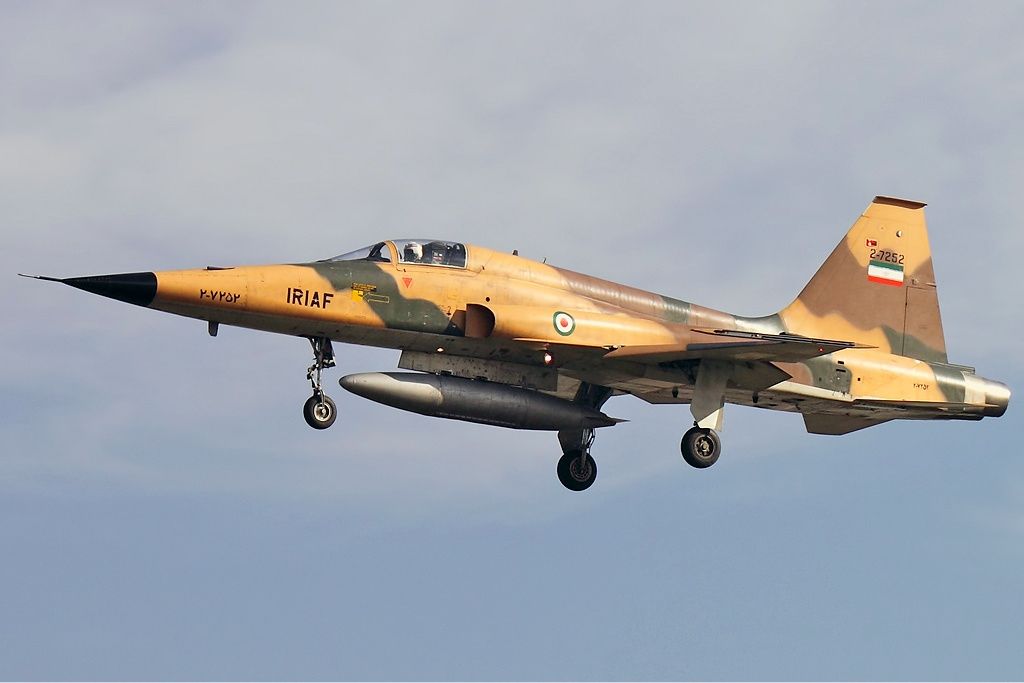Summary
- Northrop's F-5, known for its cost-effectiveness and high performance, remains in service with over a dozen operators worldwide.
- It had an impressive development history, breaking the sound barrier during its first test flight in 1959.
- The type saw action in the Vietnam War and continues to be deployed in conflicts today, such as the Yemen Civil War.
The Northrop F-5 was a family of light supersonic jets introduced in the 1960s, with later variants entering the skies in the early 1970s. There were two main models of the aircraft: the F-5A/B Freedom Fighter, the original version of the plane that first flew on July 30th, 1959, and the updated F-5E/F Tiger II, which first took to the skies on August 11th, 1972.
The jet fighter's primary customer was the United States Navy, with the vast majority of the aircraft eventually serving overseas with American allies, including the Republic of China Air Force and the Republic of Korea Air Force. Primarily pitching cost-effectiveness, high performance, and low maintenance, the aircraft was far more straightforward to operate than heavier and more complex jets like McDonnell Douglas's F-4 Phantom II.
Today, the F-5 remains in service with over a dozen operators around the globe, including the Turkish Air Force, Swiss Air Force, and the Royal Thai Air Force. In this article, we will take a deeper look at the development and operational history of the Northrop F-5.
Development
The Northrop F-5 was initially designed to optimize costs and operating efficiency and was intended to perform an impressive array of missions. By the end of 1958, Northrop had garnered the Department of Defense's favor, ultimately securing a contract for three prototypes.
The first of these aircraft flew on July 30th, 1959, and was powered by a pair of General Electric YTJ85-GE-1 turbojets, according to Robert Jackson's 2006 Encyclopedia of Military Aircraft. The aircraft was impressive during testing and broke the sound barrier during its first test flight.
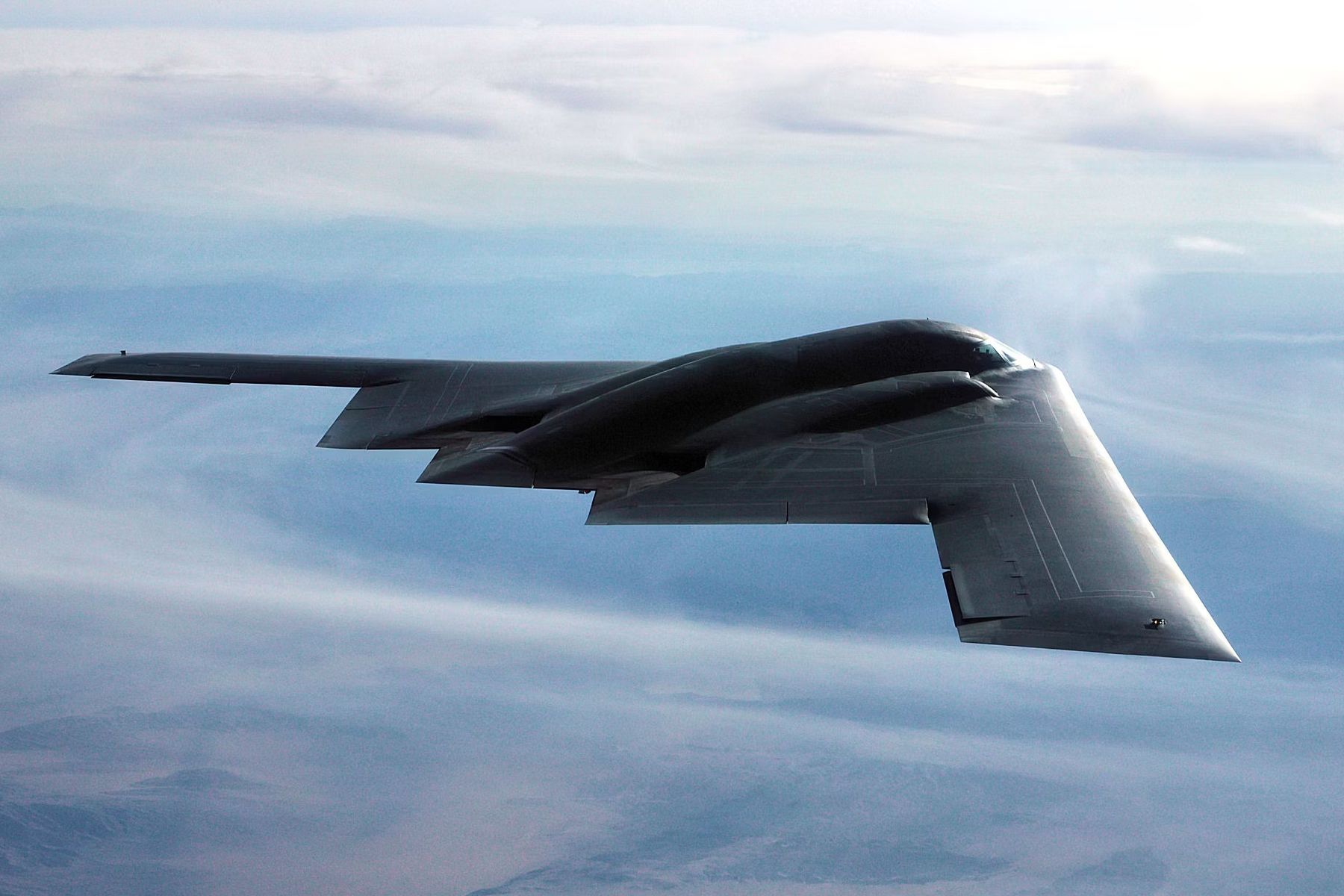
Everything You Need To Know About The Northrop Grumman B-2 Spirit
Only 21 B-2 stealth bombers were ever built.After almost three years of testing, the Pentagon announced that the jet would be chosen as the new all-purpose fighter that the US would supply to anti-communist allies under the Mutual Aid Pact. The aircraft entered production as the F-5 Freedom Fighter in 1963, and a total of 1,204 units of this original variant would be built during the aircraft's production run from 1959 to 1987.
The fighter offered impressive performance for a tactical fighter of its kind, with a maximum speed of 924 miles per hour and a service ceiling of 50,500 feet. The jet's combat radius was 195 miles, and it was armed with two 0.79-inch M39 cannons plus hardpoints capable of carrying 4,400 lbs of armament, according to the Naval Air Systems Command.
Get all the latest aviation news on Simple Flying!
Operational history
The F-5 first took to the skies with the US Air Force's Tactical Air Command in April 1964, and the first international military to purchase the jet was the Imperial Iranian Air Force, which put F-5 squadrons into service in February of 1965. The Royal Hellenic Air Force commissioned two F-5 squadrons in 1965, and Norway received an impressive 108 jets starting as early as 1967.
With so many different operators, it is unsurprising that the F-5 has been involved in several global conflicts and remains actively deployed today, including in the Yemen Civil War. During its time in the US Air Force, however, the jet primarily saw action in the Vietnam War, where it flew over 2,600 sorties, including a number over neighboring Laos. In total, throughout the conflict, nine F-5s were lost in Vietnam, seven of which were the result of enemy surface-to-air missiles, according to Warren Thompson's 1996 Skoshi Tiger: The Northrop F-5 in Vietnam.

